Reportar esta entrada
Más sobre la misma comunidad-colección
Mac's Place - centro de El Paso, Texas
People dining in the Cortez Building from Mac's Place. Mac's ...
Celebración de El Paso High School secundaria - 2016
Annalyse Appelzoller and Savannah Appelzoller enjoying the ...
Graduación de El Paso High secundaria - 2016
Alexander and Danya after El Paso High School's graduation - ...
Graduación de secundaria El Paso High School - 2016 - Video
Class of the centennial - video of the graduation class of 2016.
Campeones de béisbol de Main Valley Babe Ruth 1963
Joe Gomez with the Main Valley Babe Ruth Champions 1963 Bamberg, ...

















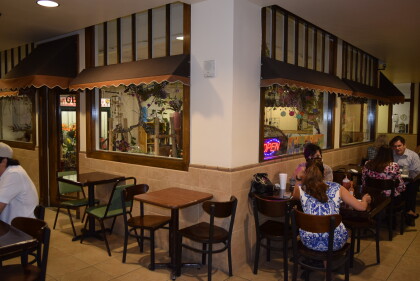
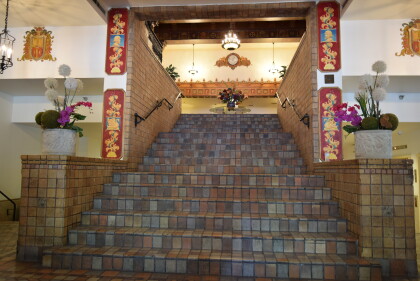

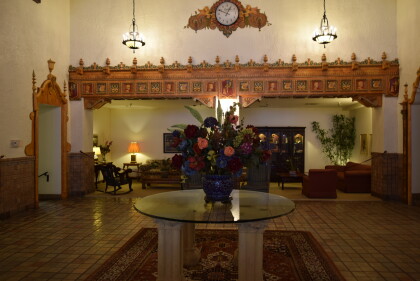
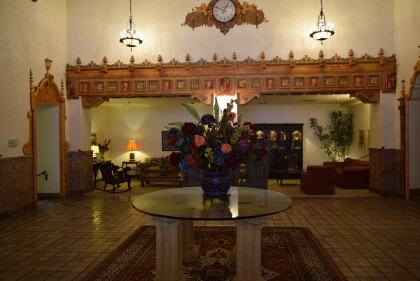
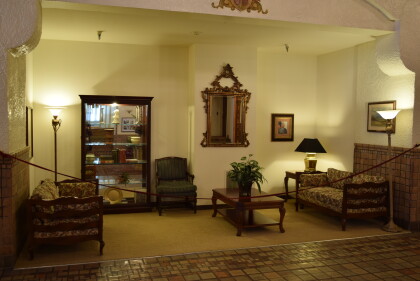
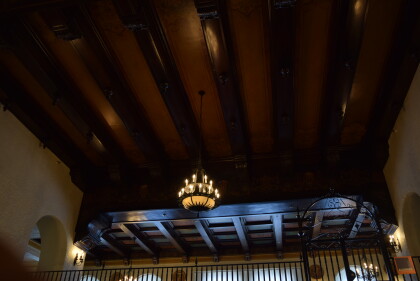
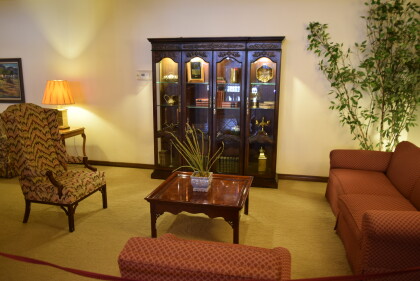
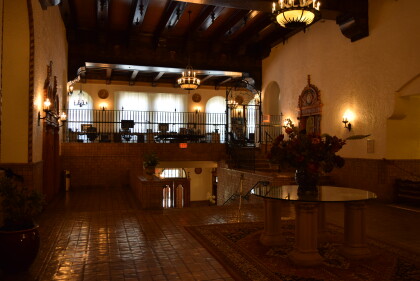
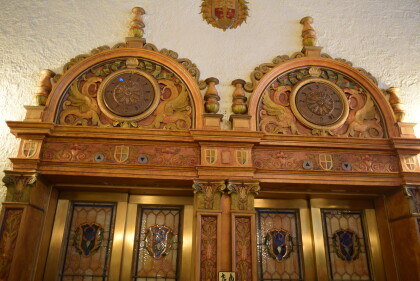
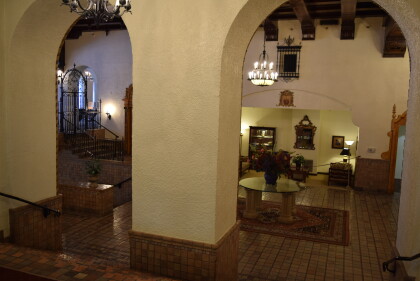
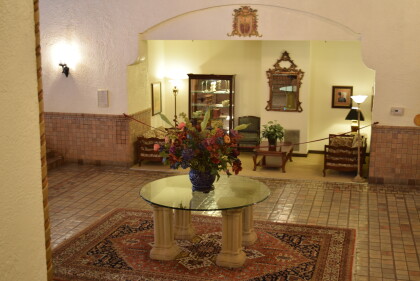

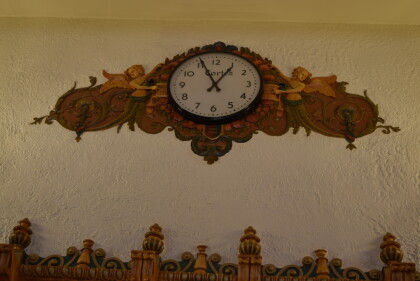



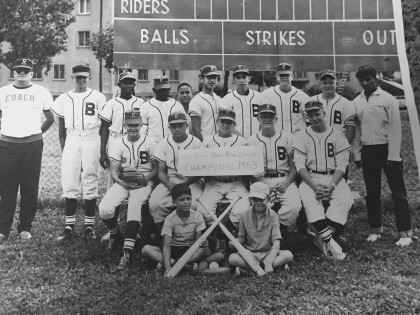

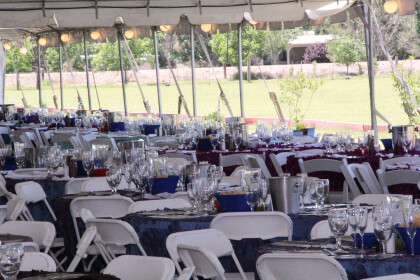
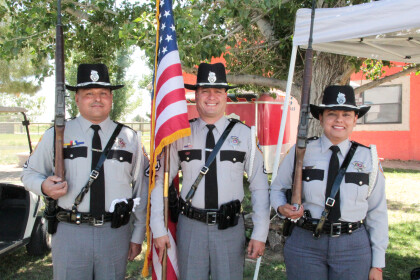
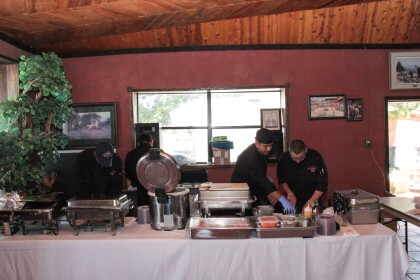

Comentarios
Hacer un comentario